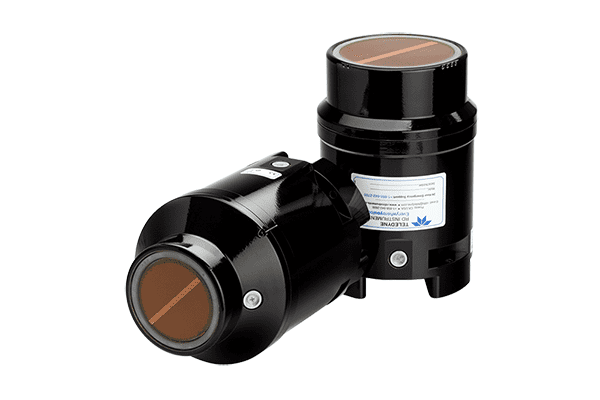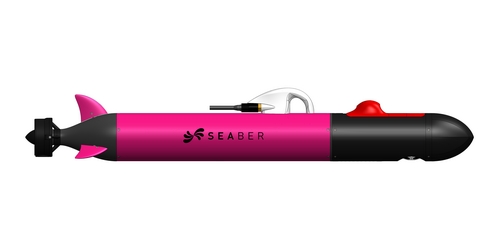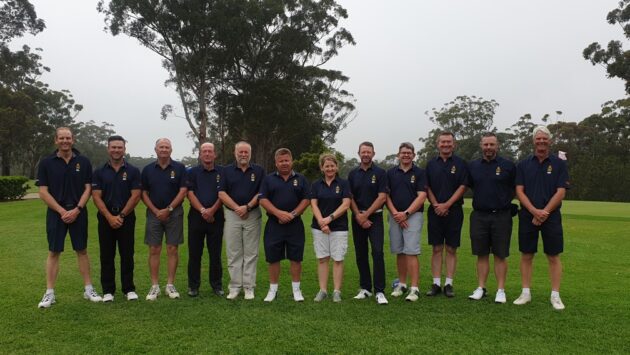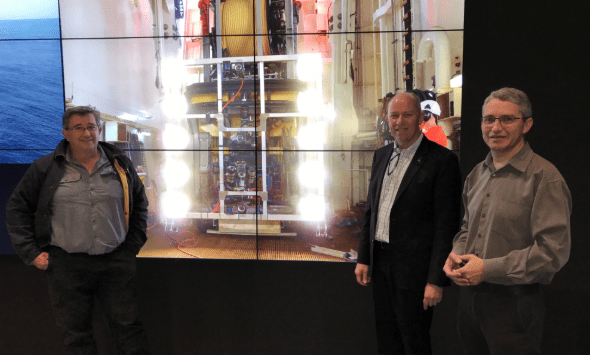Increase your DVL bottom tracking range by 60%
Teledyne RD Instruments has announced the release of a new proprietary Extended Range Tracking (XRT) option which is capable of extending the bottom tracking range of RDI Pathfinder and Pioneer Doppler Velocity Logs (DVL) by 60%.
This latest development allows users to attain bottom lock faster and more efficiently than ever before, further increasing user control and confidence during subsea missions. Extensive in-house and customer testing have proven this extended range in a wide array of conditions and terrains, and in fact, has exceeded design expectations.
New Generation REMUS 100 has already benefited from the integration of Pioneer DVL technology. This provides a powerful new capability for REMUS through the implementation of a significantly increased bottom lock capability from 35 to 200 metres. For REMUS applications that require high accuracy navigation such as Mine Counter Measures (MCM), the confidence in the navigation solution is increased through bottom-lock aiding of the INS now available in depths to 200 m. This provides an increased deployment range for the REMUS 100 that enhances the tactical options available for MCM tasking. Additionally, the high altitude bottom-lock reduces the risk for MCM operations by increasing stand-off distances for MCM search operations.
The new XRT option is available with new DVL sales or as a fast and easy, firmware upgrade for customers with existing Pathfinder or Pioneer DVLs.
Read More:





